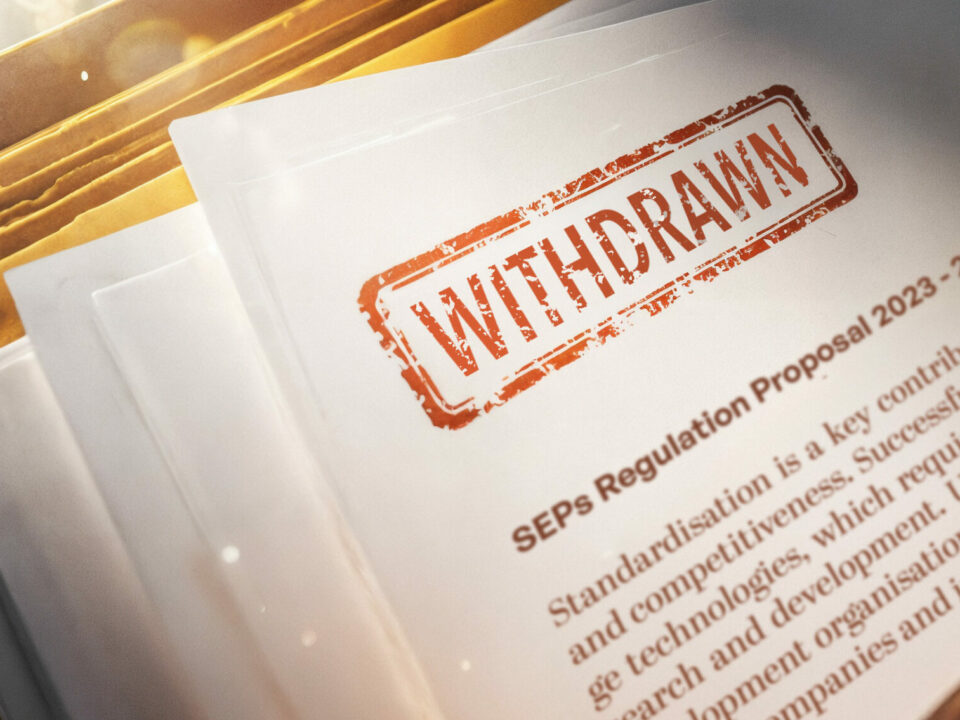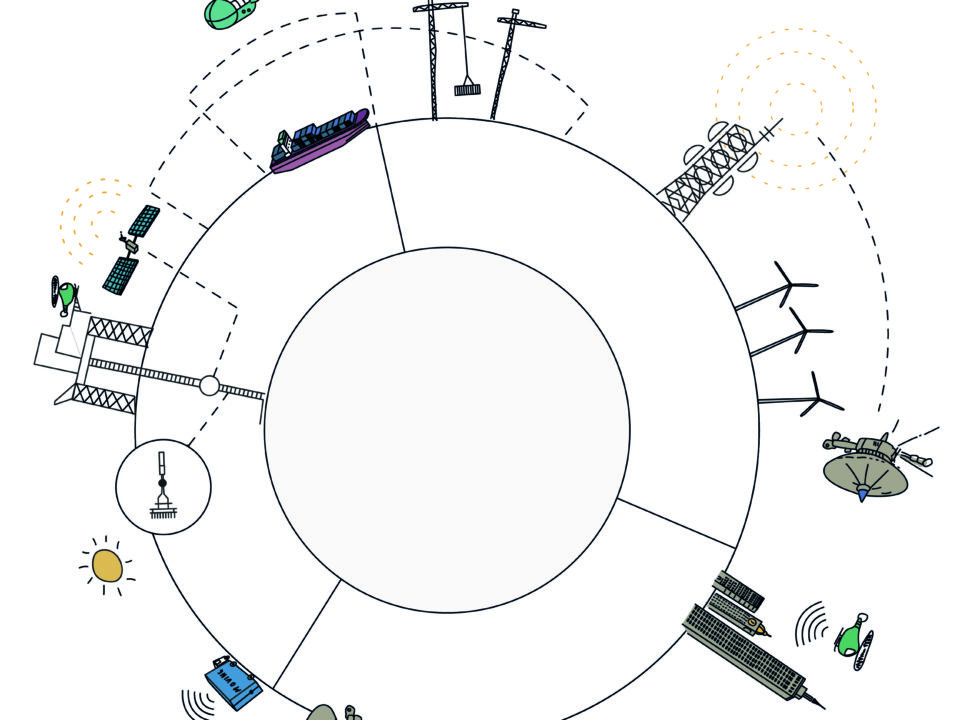IP Europe contributes to the Japan Patent Office’s Revised Guide to Licensing Negotiations Involving Standard Essential Patents
On the 8 June 2022, IP Europe submitted its contribution to the Japan Patent Office’s Call for Opinion on the draft SEP Licensing Guide. We welcome the opportunity to do so and applaud the fact that the JPO has striven to take a balanced approach.
Our contribution points out that there is, however, some room for improvement in the guide. When it discusses the question of “hold-up” and “hold-out” with respect to standard essential patents (SEPs), it does not explain that while there is little to no evidence of a hold-up phenomenon, hold-out is well documented. This is implicitly recognised by the JPO by the fact that their guide presents some court cases evidencing hold-out while they do not provide any examples of hold-up.
We urge policymakers to consider the magnitude of the hold-out problem, and to support companies investing in the R&D necessary to develop the cellular standards that will help our society move from 5G to 6G in coming years.
The guide also addresses the competing concepts of “licence to all” and “access for all”. While IP Europe supports “access for all”, we are concerned about the concept “licence to all”. Its definition is unclear, but it seems to involve an obligation to grant licences to all members of a value chain or to all members of a value chain who request a licence. However, it is not legally possible to do so: patent holders cannot provide the same licence, for the same technology, to multiple levels of the value chain. In accordance with patent rights exhaustion rules, a patent holder cannot license the same component twice under the same patents. Moreover, this unclear definition could legitimize strategies used by potential licensees (implementers), trying to force royalties below FRAND levels by directing SEP owners to entities upstream in the value chain, accompanied by delay tactics. These strategies lead to protracted hold-out and hamper SEP holders’ efforts to secure FRAND licenses that provide a fair return on their investments. Therefore, “licence for all” is not a feasible approach. Access for all, however, is established industry practice.
On the topic of injunctions, the guide does discuss their availability in the United States but misses one important point: damages are almost never an adequate remedy for the infringement of a large portfolio of SEPs. Due to time and budgetary constraints, SEP owners can only litigate a limited number of patents in any given lawsuit. Therefore, damages on their own can never be an appropriate remedy since it is impossible for patent holders to cost-effectively litigate their entire portfolio. That’s why injunctions are a key tool to avoid abuses on the side of implementers.
Finally, on the topic of royalty calculations, IP Europe believes that the guide unfortunately misses the core issue. Royalty calculations are really about trying to figure out the value of the technology in question. For example, when a tablet manufacturer sells a tablet with cellular connectivity for 18,000 yen more than the same tablet without cellular connectivity, it is hard to argue that the value of cellular connectivity is not at least 18,000 yen. But neither does this value rely upon the price of a component or of an end-product. It is based on an independent determination of the value cellular connectivity brings to a product. The guide, unfortunately, incorrectly states that in rulings such as Nokia v. Daimler (Germany, District Court of Munich, 2020), Sharp v. Daimler (Germany, District Court of Munich, 2020), Conversant v. Daimler (Germany, District Court of Munich, 2020) courts determined that the price of end products should be the royalty base. None of those rulings argued that and the JPO should correct this in their Revised Guide.



